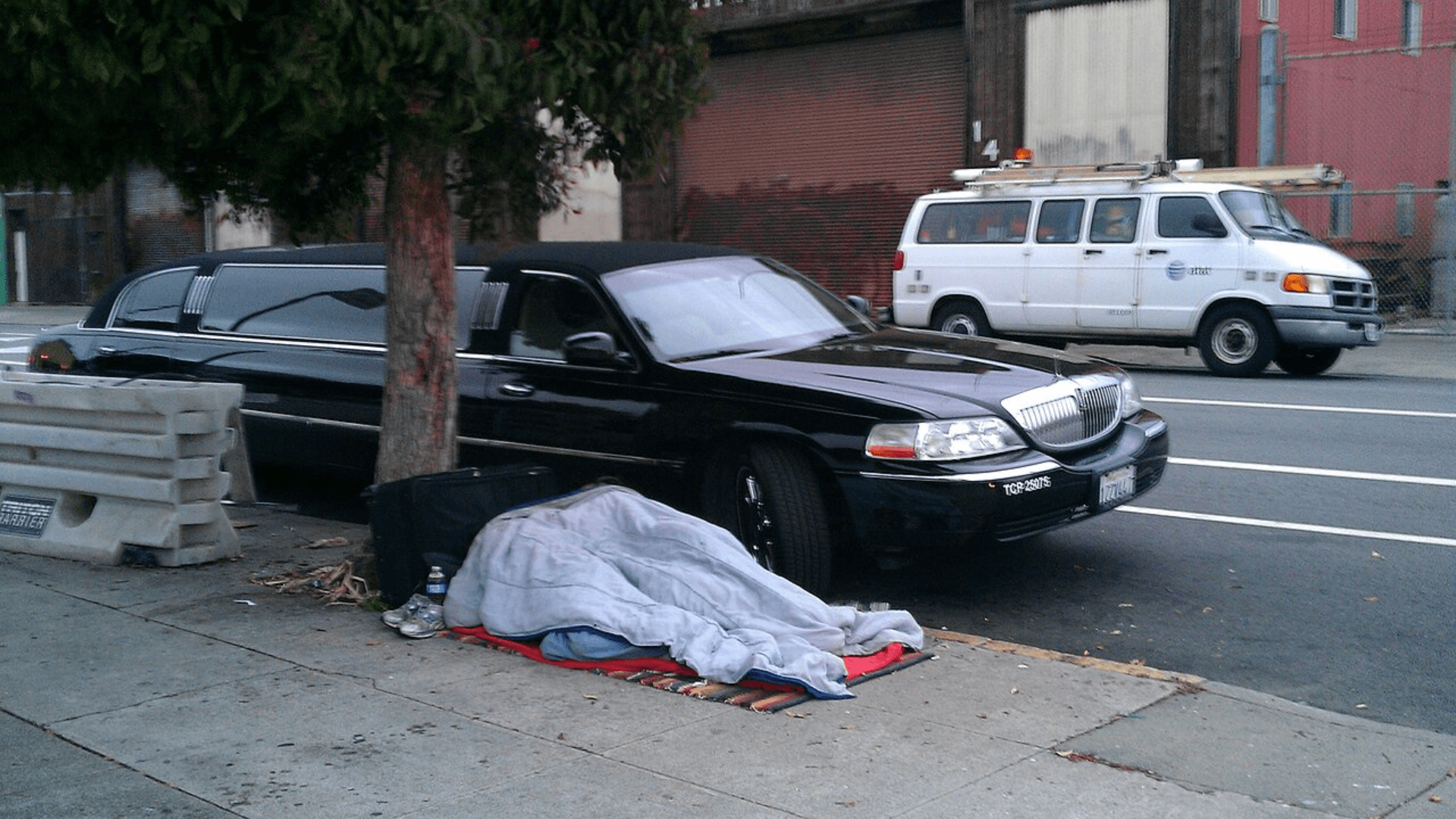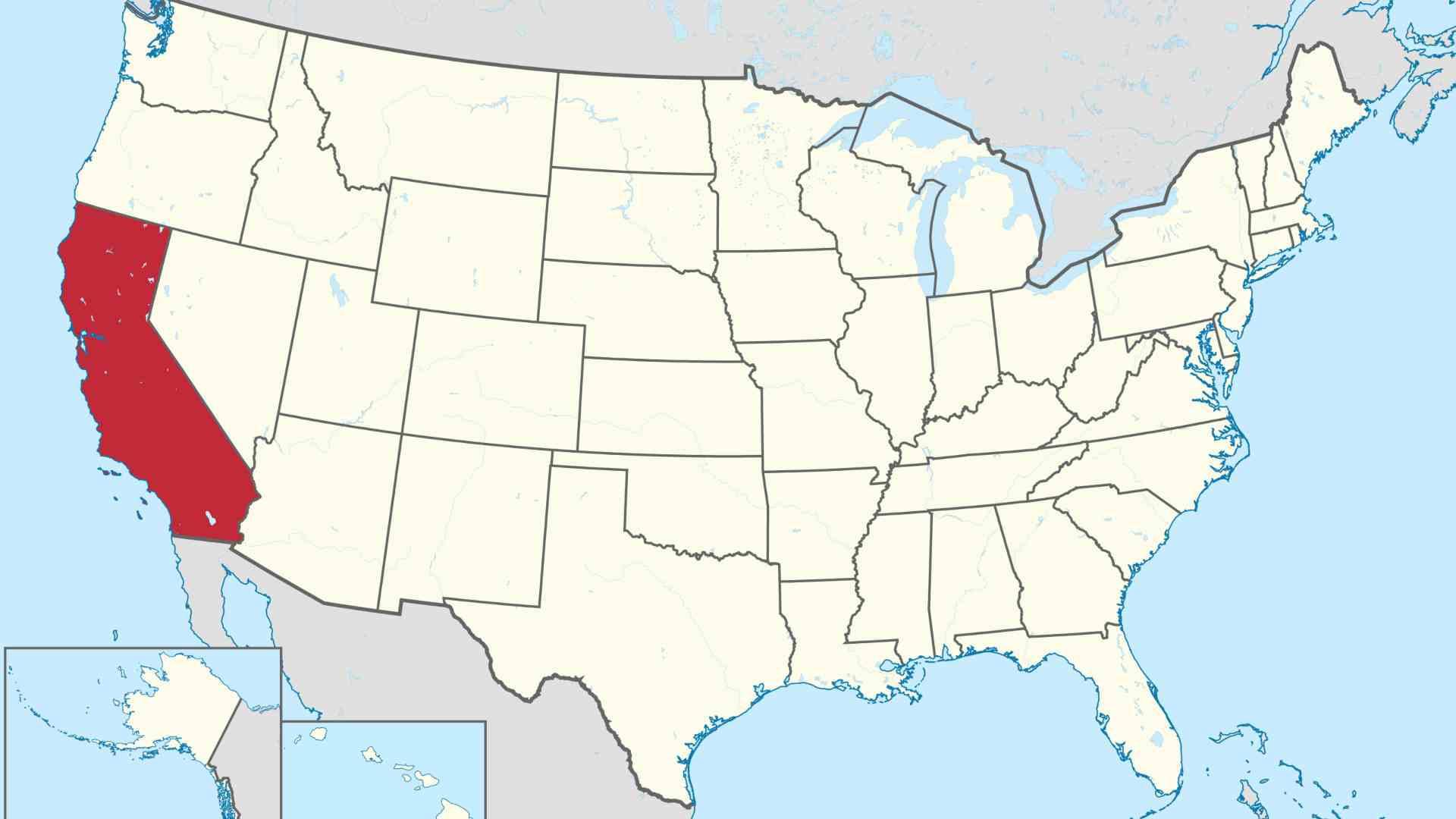California has recently raised the minimum wage to $16 an hour in the state, which was a move meant to help struggling low-wage workers.
While this wage increase has been celebrated by many, a recent report by the state’s Legislative Office (LAO) has cast doubt on the effectiveness it has had on workers’ ability to make ends meet.
Legislative Analyst’s Office Report

This report, published March 11th, took a look at three different ways of effectively assessing the minimum wage. The report tried to determine if the current $16 minimum wage in California is high, low, or somewhere in between.
The minimum wage in California has doubled over the past decade. This makes it seem like a lot, however, the report wanted to dive deeper than making a simple dollar-per-hour comparison.
Benchmarks

The LAO report attempts to examine the effects of minimum wage as it impacts poverty, inequality, and employment policy. This report acknowledges that there are limitations in their analysis based on the type of data used.
For example, some of the economic measurements come from survey data and may be imprecise. Still, the LAO hopes to have taken steps to make the report as accurate as possible.
Addressing Poverty

One aspect the report looks into is how well the $16 minimum wage addresses poverty.
Although California’s minimum wage exceeds the federal poverty wage threshold, the report found that workers within this wage range have trouble affording to live in the state in some ways. One way the report did this is by looking into housing affordability and how much people are spending on basic necessities.
Housing Unaffordable for Single Parents

The report looked at how well minimum wage workers could afford housing in the state.
“For a single minimum-wage worker with one child, housing is unaffordable in all but three California counties. The affordability problem becomes more extreme if we focus on coastal areas or single parents with two or three children. In all counties but Modoc, a single minimum-wage worker with three children can expect to face housing costs that exceed half of their gross income,” the report said.
Some Counties Cost More

One reason that California workers are having trouble affording to live despite these wage increases is that some areas have very high housing costs, and do not have a local minimum wage to compensate for it.
“Jurisdictions with local minimum wages tend to be cities in high-cost coastal metro areas. Many high-cost areas, however, do not have such policies,” the report asserts.
High Cost of Living In California

California is one of the most expensive states to live in in the United States. According to Forbes, California ranks third in the nation for the highest cost of living.
It will cost someone living in California on average $53,171 a year just to exist in the state. This number represents the average household spending on things like food, rent, health care, taxes, transportation, and other essential expenses
Housing Costs

It may come as no surprise that California also ranks highly on monthly housing costs. California has the highest median monthly housing cost in the nation.
People in California pay on average $2,111 per month just to have a place to live. With such a high housing cost along with other expenses, it’s no surprise that some Californians have trouble keeping up, even with the minimum wage increase.
Addressing Inequality

Another section in the LAO report looks at how effectively California’s minimum wage can address inequality among workers.
The study concludes that the gap between men’s and women’s wages on the low end is around 10 percent. The wage gap for low-wage workers between White and Latino workers is around 20 percent.
Inequality Compared to the Rest of the United States

When comparing the gender wage gap with the rest of the United States for low-wage workers, California scores slightly better.
The wage gap for low-earning men and women in the United States for 2022 was 13% while in California at the same time, it was only 10%. The data shows that this gap has been shrinking since minimum wage increases have been implemented in recent years.
White and Latino Income Gap

California has a higher white and Latino income gap that the LAO noted has substantially decreased since the minimum wage increases in recent years.
“California’s white-Latino wage gap appears to have peaked one decade ago, right before the state started raising its minimum wage substantially. We estimate that this gap now is around the same level that it was 20 years ago,” the report said.
What Does This Mean For Future Policy?

It’s unclear what the findings of this report mean for the future. However, what is apparent is that the minimum wage increase has not done enough to help low-earning workers afford to live in California.
There may be calls for another wage increase in the near future. However, if housing prices and the cost of living decrease soon, this affordability issue may change without another need to bump up the minimum wage.
